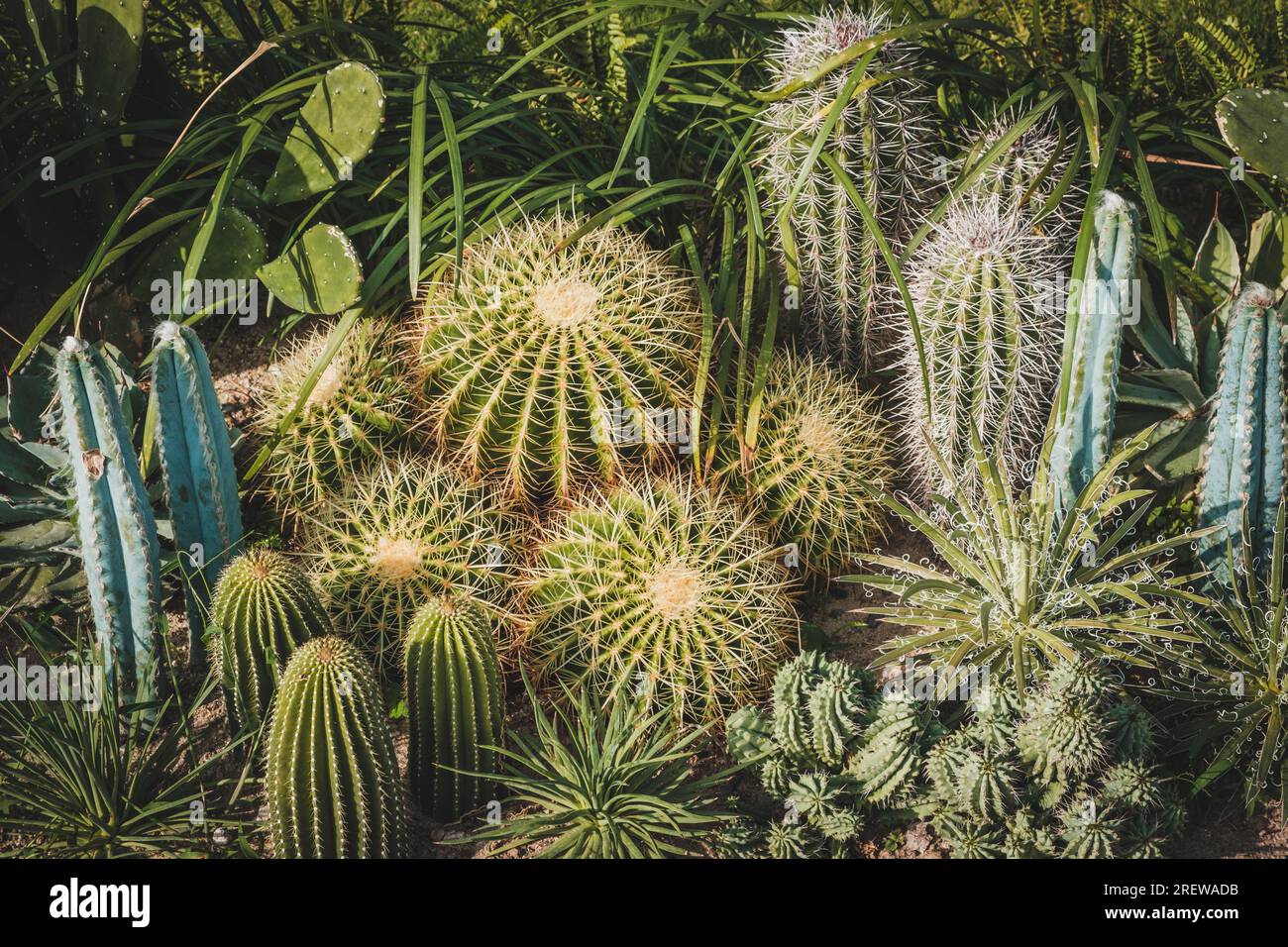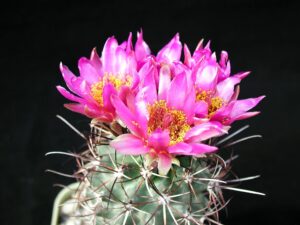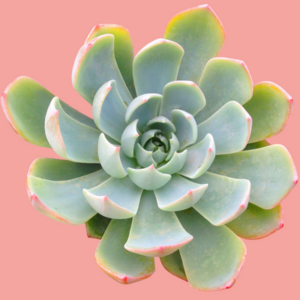Small outdoor cactus plants are increasingly becoming a favored choice for garden enthusiasts seeking to add a touch of the unique to their green spaces. With their minimal water requirements, striking aesthetics, and low maintenance needs, these remarkable plants are perfect for various garden styles, whether contemporary or traditional. This article delves into the realm of small cacti, highlighting their attributes, care requirements, and the myriad of options available for outdoor gardens.
Understanding the charm of small outdoor cacti starts with recognizing the diversity within the genus. These hardy plants thrive in arid environments and possess the ability to store water, making them ideal for gardens with limited irrigation options. Their resilience and distinct forms can introduce sculptural elements to your outdoor space, elevating its visual appeal without demanding excessive care.
In exploring small outdoor cacti, several key factors need to be considered. This includes their adaptability to environments, specific care requirements such as sunlight and soil, and suitable planting combinations that will enhance their growth. Examining these aspects will not only benefit the plants but also create a harmonious garden layout.
Choosing the Right Cactus for Your Space
When selecting small cacti for an outdoor garden, it is essential to consider various species that will thrive in your climate and soil type. Notably, there are numerous small cactus varieties that can offer vibrant colors and unusual shapes, making them captivating components of any garden.
The Echinopsis, or Easter lily cactus, is an excellent starting point. Known for its vibrant, trumpet-shaped flowers that bloom in a multitude of colors, this cactus can be an eye-catching addition to your outdoor space. They thrive well in full sunlight, requiring well-draining soil that allows for adequate airflow around their roots, preventing rot.
Another compelling option is the Mammillaria genus. These small cacti, often referred to as nipple cacti, feature unique tubercles along their surface. Their compact growth habit makes them suitable for rock gardens or as ground cover. Many Mammillaria species produce small flowers that can blanket the plant in brilliant hues, from pink to yellow, bringing lively color to your landscape.
For those desiring a distinctive silhouette in their gardens, consider the Ferocactus, commonly known as the fishhook cactus. With their curved spines and globular shape, they stand as prominent specimens in any outdoor setting. Although they are slightly larger, many varieties remain manageable in size, providing an exotic flair without overwhelming smaller gardens.
Creating the Right Environment
Establishing the appropriate conditions for a thriving cactus garden is paramount. Firstly, it’s imperative to ensure that the plants receive adequate sunlight. Most small cacti favor full sun, requiring at least six hours of direct sunlight daily to reach their optimal growth potential. Placing them in a location that maximizes exposure to sunlight will encourage robust flowering and healthy growth.
Soil composition is equally critical for cacti. They require a well-draining mix to prevent excess moisture retention, which can lead to root rot. A simple blend of potting soil with sand or perlite can provide the aeration and drainage necessary for their health. Sedum and gravel can also serve as excellent ground cover to accompany cactus plants, promoting a natural desert-like ambiance.
Watering practices are fundamentally different for cacti than for other garden plants. These succulents require infrequent but deep watering, particularly during their active growing season, which typically spans spring to early autumn. Allowing the soil to dry thoroughly between watering sessions is crucial. This practice can prevent over-saturation and disease while encouraging strong root systems.
Designing a Cactus Garden
Integrating small outdoor cacti into your garden involves more than mere placement; it also requires thoughtful design considerations. The arrangement of these plants can accentuate their individual beauty and contribute to a cohesive landscape. To create visual interest, one may opt for contrasting colors and forms. Pairing spiky cacti with softer foliage plants can lead to an engaging textural contrast.
Consider building a layered garden with varying heights. Taller cacti at the back of a border, mid-sized varieties in the center, and low-growing types at the front can create depth. Additionally, incorporating decorative elements such as rock formations or gravel pathways can complement the natural beauty of the cacti, establishing a dynamic and inviting space.
Furthermore, embracing seasonal changes can enhance the overall ambiance of your garden. As cacti bloom, their fleeting flowers can bring bursts of color to an otherwise green landscape, transforming the aesthetic throughout the year.
Maintenance Made Easy
One of the most appealing aspects of cultivating small outdoor cacti is their low-maintenance nature. With minimal watering and care, these plants can flourish, making them ideal for those who may not have the time for intensive gardening. Occasional pruning may be necessary to remove dead or damaged growth, but this requires little effort.
Pests and diseases are generally less of a concern with cacti than with traditional garden plants; however, vigilance is still needed. Inspecting plants regularly for signs of infestation or disease will ensure a healthy garden. In the rare event of an issue, quick intervention can prevent significant damage.
In conclusion, small outdoor cactus plants offer an unbeatable combination of beauty and practicality for gardeners. Their striking forms, vibrant blooms, and minimal care requirements make them an ideal choice for enhancing outdoor spaces. By choosing the right species, creating optimal growing conditions, and implementing thoughtful design strategies, one can cultivate an enchanting cactus garden that thrives in its natural beauty and resilience. Embrace the opportunity presented by these remarkable plants, and watch as they transform your outdoor environment into a unique oasis.





Leave a Comment